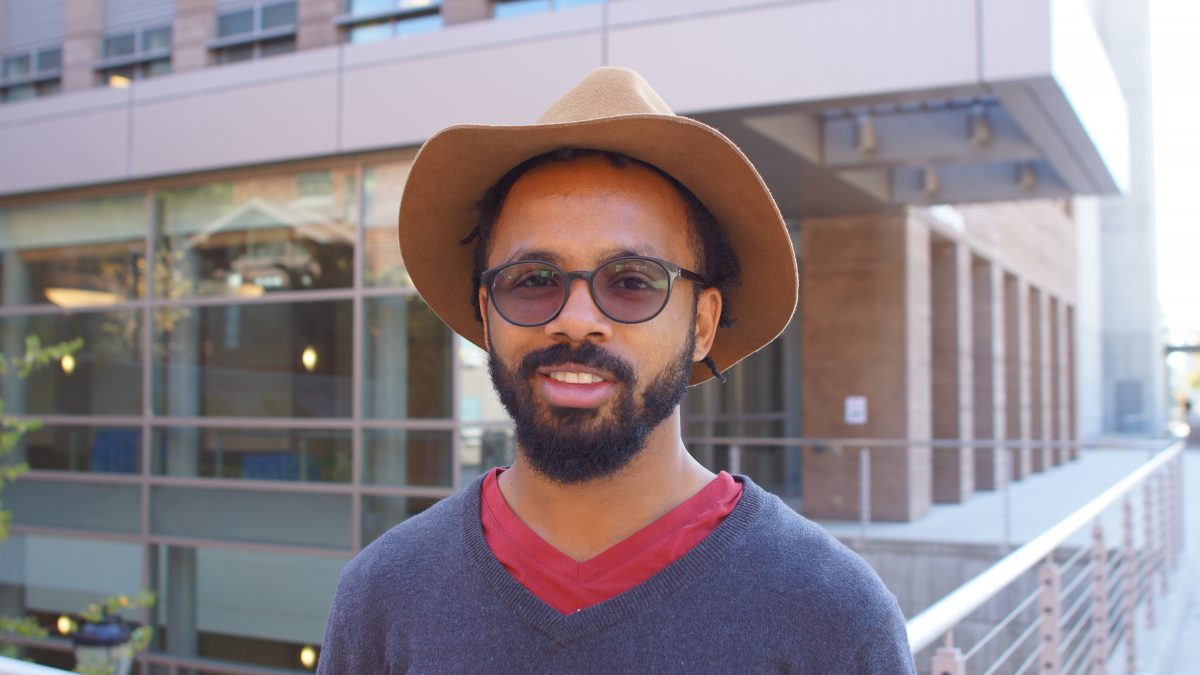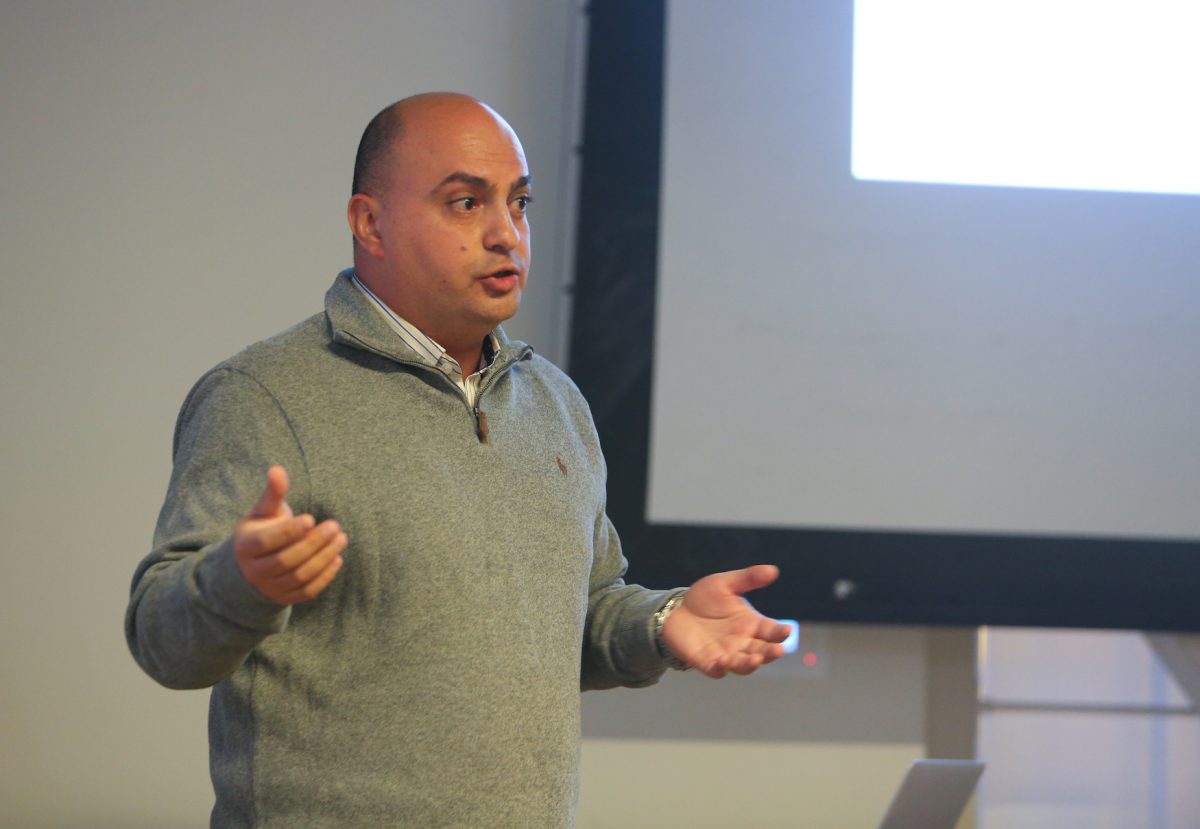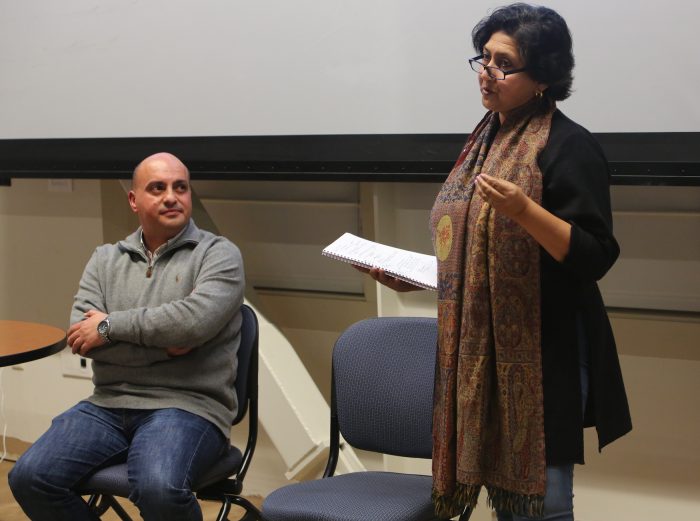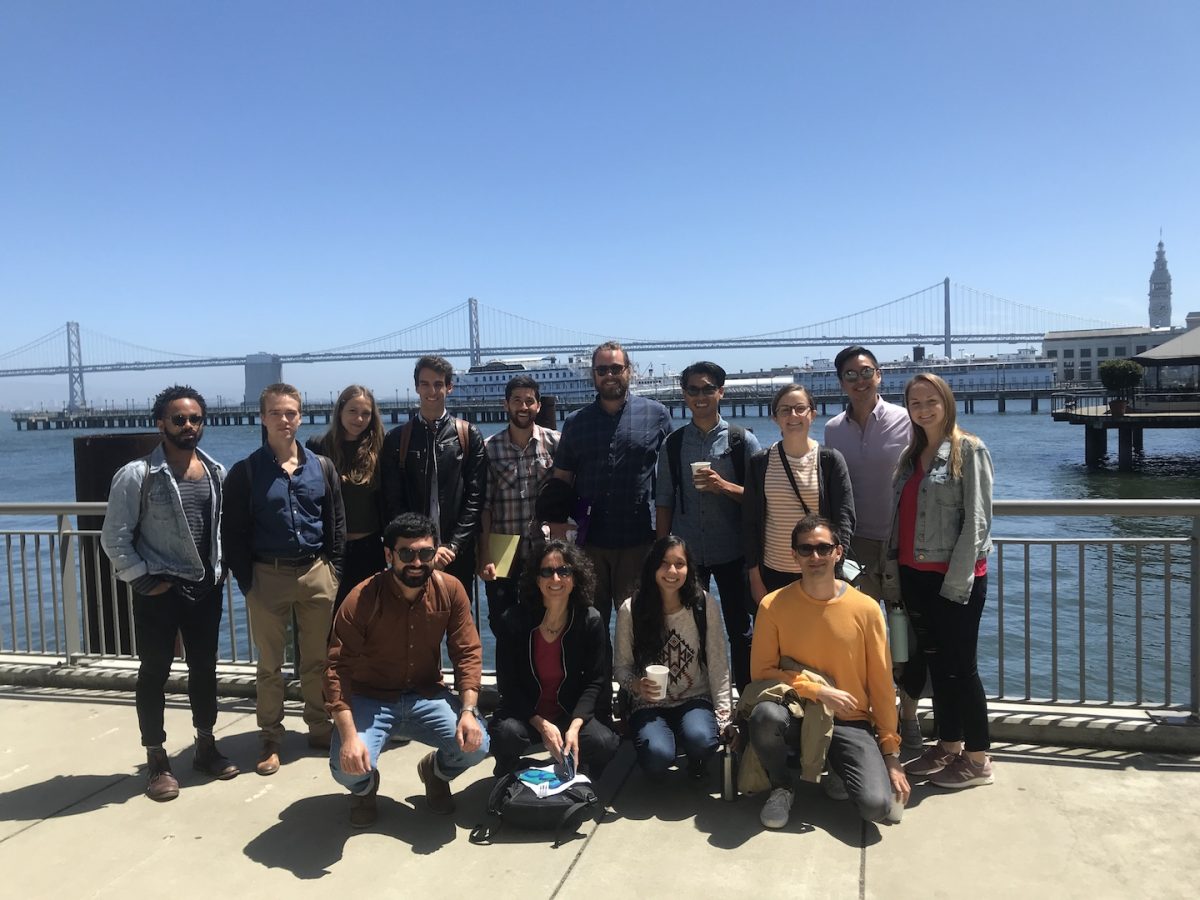George Moore, an InFEWS Fellow and Development and Mechanical Engineering PhD student, has been awarded the Birgeneau Recognition Award for Service to Underrepresented Students. The Blum Center emailed with Moore to find out more about his academic and extracurricular interests and views on the culture of STEM.
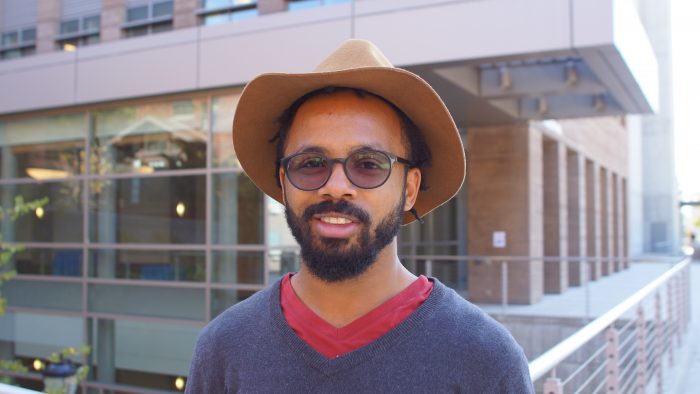
What was it like to move to UC Berkeley for grad school after growing up in Alabama and attending University of South Alabama?
These two places have really different cultural values. So, in addition to the excitement of being in a new physical space, there was a lot for me to learn about Bay Area culture. In general, my decision to come to Berkeley was intentional: I knew that my academic capacity and personal lifestyle would be challenged.
Why have you felt compelled to help underrepresented communities develop STEM skills or advance in their STEM careers?
All underrepresented communities are not the same. It would be foolish to think that I have something helpful to offer just because I also identify as a member of an underrepresented community. But because support for these communities is insufficient, I feel inspired to give what I have to offer. Because I have been able to navigate a piece of the STEM institutional system, it’s easier for me to feel more comfortable offering my service in these disciplines. What I think is most important is that I offer my experience and advice purely as a resource, and not a conviction, that should be imposed on someone else’s lifestyle. In other words, it’s not my place to steer underrepresented folks towards an engineering degree or, more broadly, pursuing a STEM career. Instead, one of my essential goals is to shed some light on how to navigate and leverage opportunities in STEM when the system is not designed for you to succeed. I’d hate to see someone abandon their cultural values for a career in STEM.
Tell us about your service work—with the SMASH Academy and the Pinoleville Pomo Nation.
I have enjoyed the opportunity to meet, share, and learn from scholars at the SMASH Academy and community members of the Pinoleville Pomo Nation. With both groups, I was able to share some of the Human Centered Design strategies that I and other practitioners use to address big problems. My hope is that my work reassures and, if necessary, instills confidence in SMASH Scholars and the PPN community so that they are aware of their capacity to solve their own problems.
As vice president of the Black Graduate Engineering and Science Student Association, what kinds of programs have you implemented?
I’ve worked alongside Liya Weldegebriel (BGESS President) and several other strong black graduate students on the BGESS executive team to help provide supportive programming for BGESS members this year. A few notable programs include our Buddy Lunch mentorship program, Professional Development Workshop, Cultural Exchange Speakers Series, and attendance at AfroTech in the Fall. The Buddy Lunch program matches BGESS members based on their interests and encourages them to meet up for lunch to share experiences and advice navigating life at UC Berkeley. Recently, the program has moved to virtual lunches via Zoom in response to the COVID-19 pandemic. The Professional Development Workshop was inspired by conversations about figuring out how to prepare ourselves for life after graduate school. The Cultural Exchange Speaker Series have offered a platform to have culturally relevant conversations with each other. These events range from panel sessions with prominent black scholars in STEM to sharing our own cultural backgrounds—acknowledging that while we share a lot of the same values and struggles as the black graduates in STEM, our cultural backgrounds are actually quite different. AfroTech is an annual Conference held in the Bay Area that focuses on accelerating black careers in engineering, design, and entrepreneurship. Thousands of black professionals in STEM and related fields attend this conference every year. In the Fall of 2019, we had at least 15 BGESS members attend.
Your LinkedIn page notes that you are “On a mission to thread a desire for empowering marginalized communities with a passion for sustainable design. Hence, I stay familiar, and critical, of frameworks like the Human-centered Design process and Life Cycle Analysis.” Please explain your skepticism about HCD and LCA. What issues does it fail to address for marginalized communities?
While these frameworks are constantly being modified to better serve their purpose, “service to marginalized communities” is not always included in that purpose. So it’s important that I use these frameworks with caution and understand the underlying assumptions that other researchers and practitioners have made. A good understanding of these assumptions is what enables me to refine these frameworks to better serve a marginalized community of interest.
